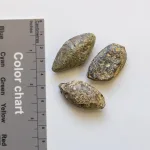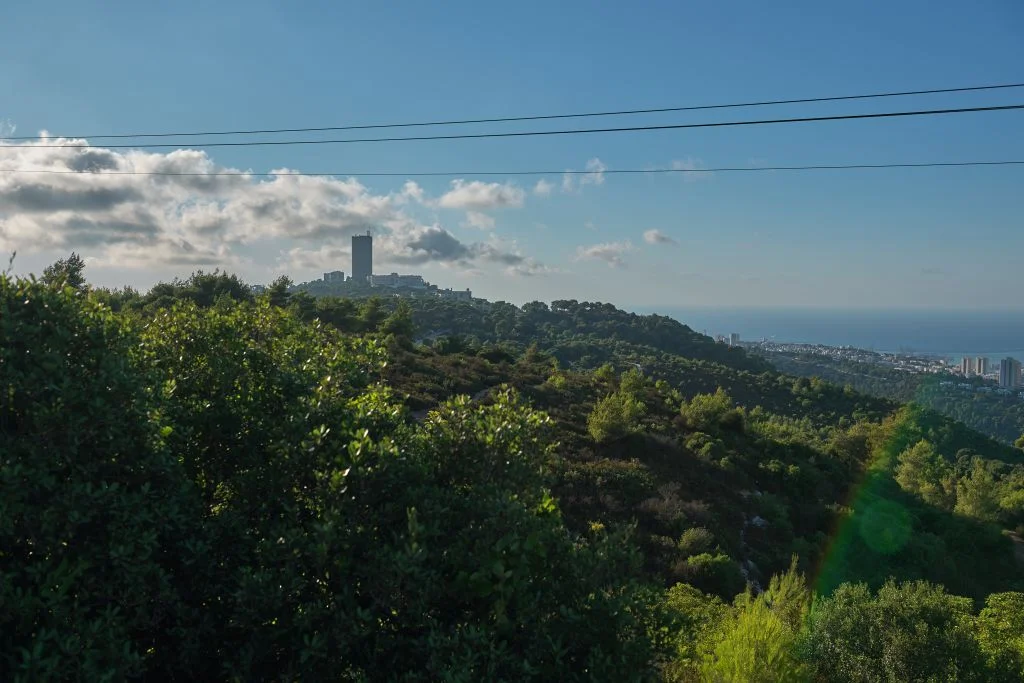Jerusalem, 13 November, 2025 (TPS-IL) — When the prehistoric residents of the Carmel Caves looked west some 15,000 years ago, they would not have seen the Mediterranean Sea but a landscape of lakes and marshes teeming with migratory birds, according to new research from the University of Haifa.
The study, published in the peer-reviewed International Journal of Osteoarchaeology, uncovered hundreds of bird bones in El-Wad (Nahal) Cave, part of the Nahal Me’arot Nature Reserve on the western slopes of Mount Carmel, about 20 kilometers south of Haifa. The findings show that the hunter-gatherers of the Natufian culture, who lived there at the end of the Ice Age, regularly traveled to the coastal wetlands below to hunt flocks of ducks and geese that gathered in the freshwater lakes spread across Israel’s coastal plain.
“Our findings show for the first time that members of the Natufian culture, hunters and gatherers who lived in the Carmel about 15,000 years ago, hunted systematically in the coastal lakes that existed here at the end of the Ice Age,” said Prof. Reuven Yeshurun, one of the study’s authors.
The Nahal Cave, managed by the Israel Nature and Parks Authority, is one of the region’s most significant prehistoric sites. It is part of the UNESCO-listed Nahal Me’arot Nature Reserve, a cluster of prehistoric sites that trace early human evolution. Excavations there—beginning in the 1920s and continuing today—have revealed stone dwellings, hearths, burials, and tools belonging to the Natufian culture, from a time when humans in the region were beginning to shift from nomadic hunting and gathering toward more settled, village-like life. Archaeologists believe it was among the first places in the world where hunter-gatherers began building permanent dwellings — round stone structures that hint at an emerging sense of home and community.
In the new study, conducted by Dr. Linda Amos, Prof. Mina Weinstein-Evron, and Yeshurun, all from the university’s Zinman Institute of Archaeology, the researchers examined bird remains to better understand the local environment and seasonal hunting practices.
Amos analyzed hundreds of bones from 43 species, including ducks, geese, partridges, quails, and birds of prey. Many bore cut marks from butchering, burn marks from cooking, and polishing from use as ornaments. “Under the microscope, we could see how the bones were processed, from hunting to cooking,” said Amos. “These details tell a complete story of how the Natufians interacted with their environment and used every available resource — not just for food, but for symbolic and social purposes as well.”
Some bones had been shaped into small beads for decoration, while others were scorched from roasting over open fires. The findings show that waterfowl were both a food source and a material for cultural expression, linking the practical with the spiritual.
during the Natufian period, global sea levels were much lower, exposing a vast coastal plain below Mount Carmel. Seasonal lakes and marshes formed there, attracting migratory birds during winter. “The ducks and geese that migrated during the cold season provided rich and varied food, along with materials used to create beads and jewelry,” said Yeshurun. “The findings allow us to reconstruct not only their diet, but their entire way of life.”





























